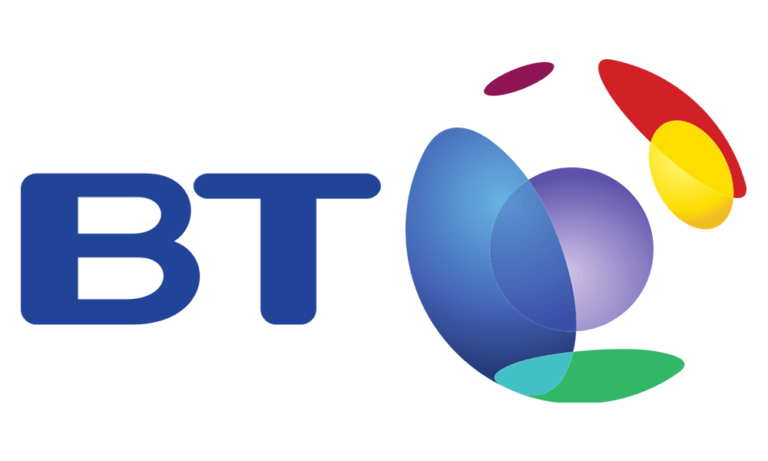Crafting attractive retirement packages for your team is crucial, especially in today’s competitive job market. These benefits not only serve as a token of appreciation for years of service but also play a significant role in attracting and retaining top talent.
A well-thought-out retirement package can set your company apart, making it a desirable place to work. In this comprehensive guide, you’ll learn how to develop competitive retirement packages that cater to your team’s needs and secure their future, while also aligning with your company’s goals.
1. Understand Your Team’s Needs
Begin by gaining a clear understanding of what your employees value most in a retirement package. Conduct surveys or hold focus groups to gather insights. Remember, a one-size-fits-all approach won’t work.
For instance, younger employees might prioritize matching 401(k) contributions, leveraging the benefits of safe harbor 401(k) rules, which ensure that a company’s 401(k) plan passes nondiscrimination tests if certain conditions are met.
On the other hand, older staff might value higher catch-up contribution limits to bolster their retirement savings as they near retirement age. This initial step of understanding diverse preferences is crucial in designing a retirement package that resonates with everyone on your team.
2. Keep Up With The Market
To stay competitive, it’s vital to stay informed about the latest trends in retirement benefits and financial wellness programs. Regularly review industry reports and attend relevant seminars or webinars to gain insights.
This ongoing effort ensures that your retirement packages remain competitive and appealing, reflecting the current standards and expectations of the workforce. Doing so signals to current and prospective employees that your company is invested in providing top-notch benefits and is committed to their long-term well-being and satisfaction.
3. Offer A Variety Of Plans
Diversification is the name of the game when maximizing retirement savings. Offer different types of retirement plans, such as 401(k), Roth IRA, and traditional IRA options. This variety allows employees to choose the plan that best suits their financial situation and retirement goals. By providing multiple options, you’re acknowledging the diverse financial backgrounds and future aspirations within your team. Here’s why variety matters:
- 401(k) Plans: Ideal for employees looking for pre-tax savings and employer-matching contributions, making it a popular choice for both saving and tax planning.
- Roth IRA: Suits those who prefer to pay taxes upfront and enjoy tax-free withdrawals in retirement, appealing to younger employees expecting to be in a higher tax bracket later on.
- Traditional IRA: Offers tax-deferred growth, suitable for employees seeking to reduce their taxable income now and who anticipate being in a lower tax bracket during retirement.
Including a mix of these options caters to a broad spectrum of retirement planning strategies and personal financial situations, ensuring that your retirement package appeals to a wide range of employees.
4. Include Generous Matching Contributions
Matching contributions are a powerful tool for encouraging employee participation in retirement plans. Consider offering a match that’s above the industry average to make your package more appealing. This gesture shows your commitment to your team’s future.
Providing an attractive match rate effectively doubles the impact of your employees’ savings efforts, significantly boosting their retirement funds. It’s an investment in their loyalty and financial well-being that can dramatically increase plan enrollment and contributions, setting the foundation for a secure retirement.
5. Consider Health Care Options
Health care is a critical component of retirement planning. Offering health savings accounts (HSAs) or contributions to medical insurance for retirees can differentiate your package. These benefits address a major concern for many retirees, providing peace of mind about future health care costs. Here are a few additional considerations:
- Long-Term Care Insurance: Including options for long-term care insurance can be especially appealing, as it covers costs not typically covered by Medicare, such as nursing home care or in-home care services.
- Medicare Supplement Plans: Offering assistance with Medicare supplement plans, also known as Medigap, helps retirees manage expenses that Medicare doesn’t fully cover, such as deductibles and co-pays.
Incorporating these healthcare options into your retirement packages ensures a more comprehensive approach to your employees’ post-retirement well-being, addressing both immediate medical costs and long-term care needs.
6. Implement Flexible Retirement Plans
Flexibility is increasingly important. Allow employees to customize aspects of their retirement plan, such as contribution levels or investment choices. This acknowledges that everyone’s financial situation and retirement goals are unique. Adding options for early withdrawals for specific life events without penalties can also enhance the appeal of your retirement plans, making them more adaptable to real-life situations.
Conclusion
Crafting competitive retirement packages requires a thoughtful approach that considers the diverse needs of your team. By offering a mix of plans, generous contributions, and educational support, you can create a package that not only attracts top talent but also fosters loyalty and satisfaction among your current employees. Remember, the goal is to provide peace of mind and financial security for your team’s future.
























